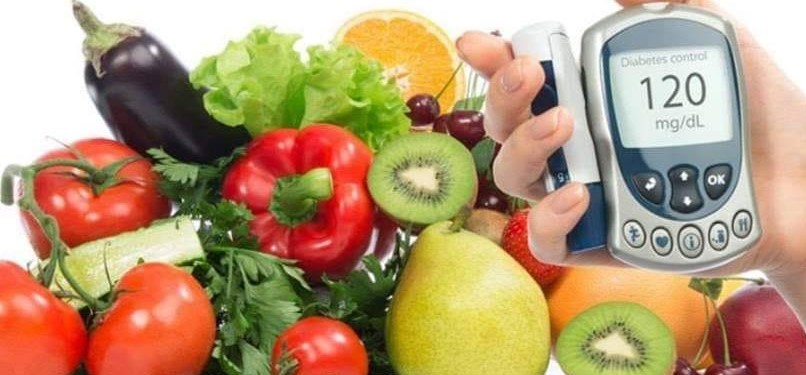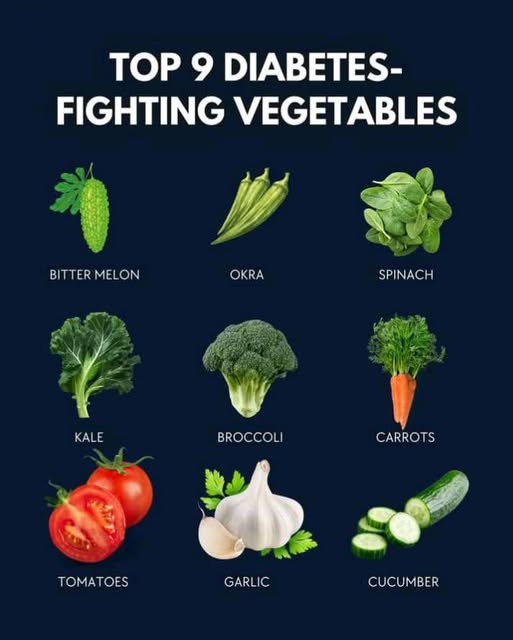Rewiring Your Brain: How the Dopamine Rewire Method Can Help Manage Sugar Cravings
Welcome to the battlefield of blood glucose, where we engage in daily skirmishes against the cunning adversary known as sugar cravings. Our mission: to deploy the Dopamine Rewire Method and reclaim control over our taste buds, our health, and our sanity. So, strap on your insulin pumps and ready your glucose monitors—it’s time to march into battle!
Understanding the Enemy: The Dopamine-Sugar Connection
In the treacherous terrain of the brain, dopamine is the decorated general, leading the charge in our reward system. When sugar infiltrates our defenses, it triggers a surge of dopamine, creating a fleeting sense of euphoria. But beware, comrades! This sugar-induced high is a cunning trap, luring us into a cycle of dependency and overconsumption.
Research has shown that daily bingeing on sugar repeatedly releases dopamine in the accumbens shell, a region associated with reward and pleasure. This constant bombardment can lead to tolerance, requiring ever-increasing amounts of sugar to achieve the same blissful sensation. It’s a classic case of the enemy exploiting our own defenses against us.

Introducing the Dopamine Rewire Method
Enter the Dopamine Rewire Method, our strategic blueprint designed to outflank sugar’s assault. This method aims to retrain our neural pathways, reducing reliance on sugar by regulating dopamine levels. Additionally, this method cultivates awareness of internal and external triggers to eating, interrupting automatic eating behaviors, and responding to natural physiological cues of hunger and satiety.
The core tactics include:
- Identifying Triggers: Recognize the situations and emotions that leave us vulnerable to sugar’s siren call.
- Implementing Alternative Rewards: Deploy healthier behaviors to satisfy the brain’s reward system without surrendering to sugar.
- Gradual Reduction: Strategically decrease sugar intake to prevent withdrawal skirmishes.

Actionable Steps to Rewire Your Brain
- Identify and Understand Your Triggers
- Keep a Craving Logbook: Document the times, locations, and emotions when sugar cravings ambush you. This reconnaissance will reveal patterns in the enemy’s tactics.
- Analyze Emotional Connections: Assess whether stress, boredom, or other emotions are providing cover for sugar’s attacks.
- Implement Healthier Alternatives
- Nutrient-Rich Rations: Arm yourself with fruits, nuts, or yogurt to satisfy sweet cravings while bolstering your nutritional defenses.
- Engage in Physical Drills: Regular exercise can boost dopamine levels, reducing the need for sugar’s deceptive rewards.
- Practice Mindfulness Maneuvers: Techniques like deep breathing or meditation can defuse stress-related cravings before they detonate.
- Gradual Reduction of Sugar Intake
- Set Achievable Objectives: Establish realistic goals to methodically decrease sugar consumption, allowing your taste buds and brain to adapt to the new regimen.
- Modify Culinary Operations: Incorporate natural sweeteners or reduce sugar in your recipes to maintain morale without compromising health.
- Maintain Hydration: Drinking ample water can help suppress cravings, as dehydration is often mistaken for hunger.
Case Studies and Examples
Case Study 1: Overcoming Sugar Addiction Through Hypnosis
Private Jane Doe, a soldier in the battle against sugar, sought reinforcement from a hypnotherapist. Through multiple sessions, she redefined her relationship with sugar, leading to a significant reduction in cravings. While occasional desires for sugary treats persisted, the experience ultimately helped her prioritize better health and break her addiction.
Case Study 2: The Impact of Eliminating Added Sugars
Sergeant John Smith eliminated added sugars from his diet for a month. He reported improved energy levels, enhanced mood regulation, and a decisive victory over persistent cravings. By addressing emotions without resorting to sugary snacks, he experienced better self-control and improved overall well-being.

Tips for Sustaining Progress
- Build a Support Battalion: Share your mission objectives with comrades or join support groups to maintain motivation and accountability.
- Celebrate Tactical Victories: Acknowledge and reward yourself for achieving milestones to boost morale and sustain momentum.
- Seek Professional Reinforcements: Consult healthcare providers or nutritionists for personalized strategies and support in your campaign against sugar.
By deploying the Dopamine Rewire Method, we can outmaneuver sugar cravings and reclaim control over our health. With determination and the right tactics, victory is within our grasp. Stand firm, stay vigilant, and march forward toward a healthier, sugar-free future.

